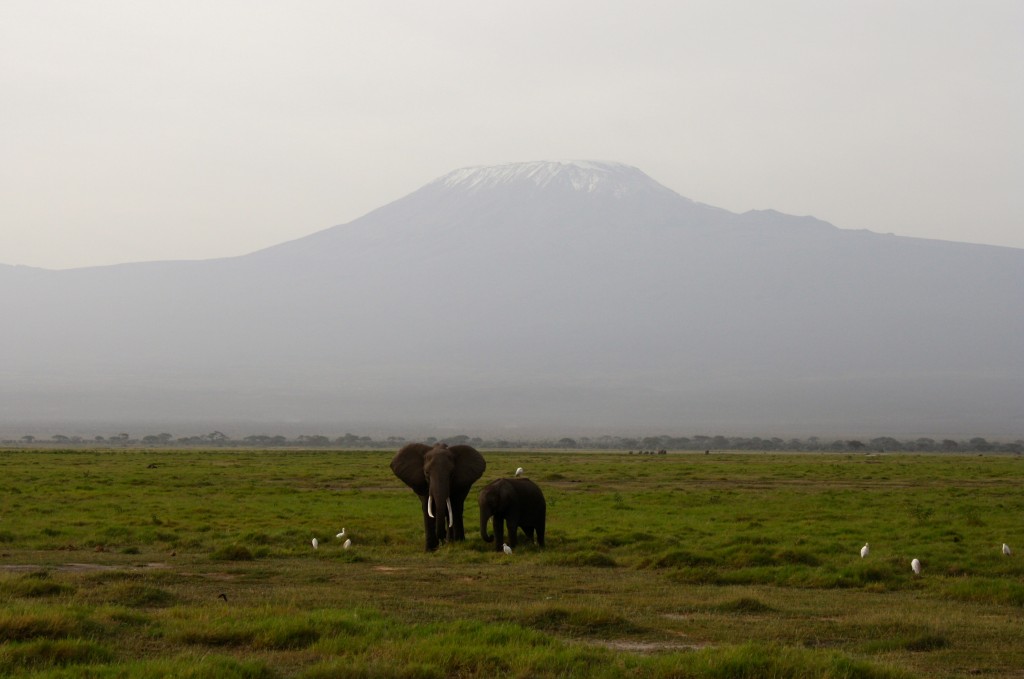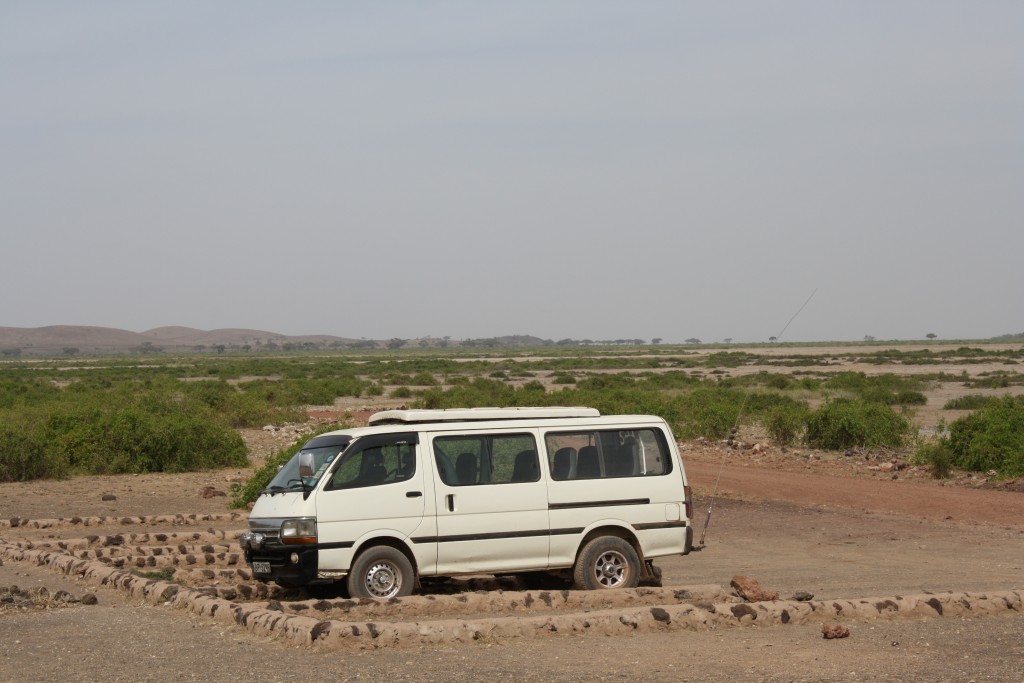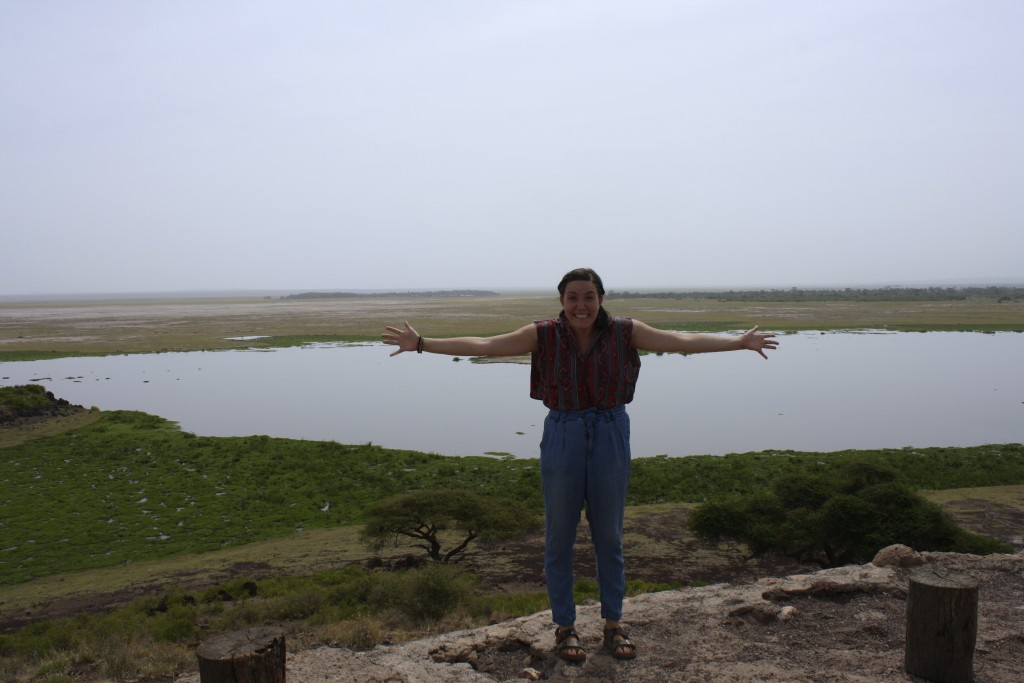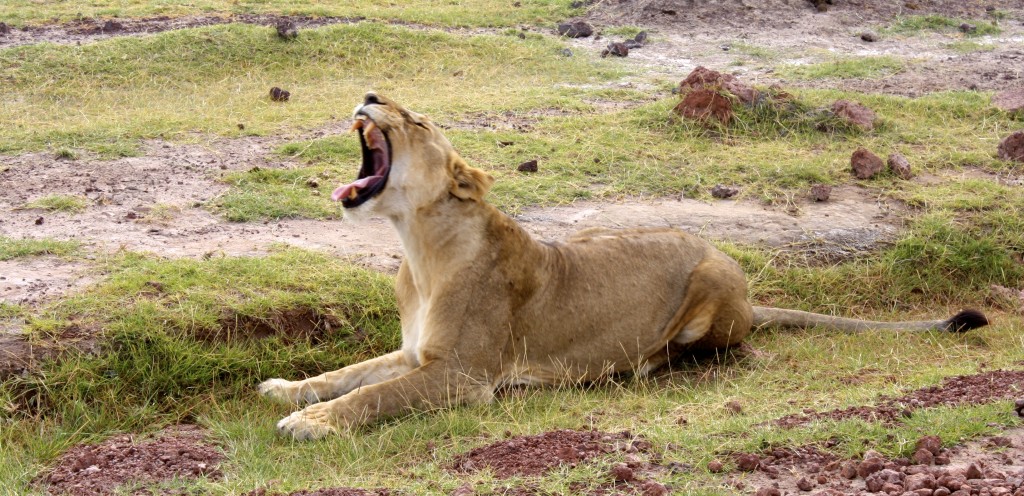The clock in the office reached 4 PM, marking the end of the CFK workday. Normally, I would pack up my things and begin walking back towards the stone buildings of Ayany. This Thursday, however, I changed into athletic clothes and waited outside the gate for my companion to arrive. Soon enough, David showed up at the office, wearing shiny dress shoes and a suit that was about three sizes too big. He is one of the coaches with CFK’s sports association, the organization’s longest-running initiative, and he was taking me to see firsthand how the program is run.
Kibera is a breeding ground for tribal conflict, with many different groups living in close proximity to one another. The most infamous intertribal conflict is that between the Kikuyu and Luo tribes, which reached a breaking point following the 2008 Kenyan elections. For weeks, Kibera was swept up in post-election riots and violence, killing many and ousting even more people from their homes.
In an effort to combat the tribalism that plagues Kibera, the CFK sports program runs an annual soccer tournament in which every team must consist of members from different tribes. Furthermore, instead of paying a registration fee, each team must participate in a community clean-up with the Taka ni Pato program in order to be eligible. This further helps build community pride and a sense of intercultural understanding, with members of different tribes working towards a common goal. A few years ago, another addition was made to the Sports Program. A CFK intern from the States was a champion jump-roper, and wanted to implement a skipping program within Kibera. As a slum activity, it made sense: it didn’t require much equipment or much space, and was fairly easy to learn. So CFK started the CFK Sprinters program, which was an instant success.
We were a little early for practice, so David took me on a quick detour around Gatwakera. He greeted friends and relatives along the way, exchanging firm handshakes and warm smiles. Soon we reached a little fruit stand where a middle-aged woman with a kanga draped over her shoulders was selling mangos and bananas. David introduced the woman as his mother. She welcomed me to Kibera, and invited me to come visit their home, motioning towards a little gate to her right. David led me through the gate and into a small courtyard, then beneath a small doorway. “Welcome to my home,” he said with a smile.
The home had a higher ceiling than I was accustomed to seeing in Kibera, but was otherwise a pretty standard slum dwelling: about ten by ten feet, made out of mud and corrugated iron, with large pieces of lace and other fabrics draped around to cover up the walls beneath. I met his little sister, who had just arrived home from school. I also met some other inhabitants of the home: David’s chickens, which lived in a coop right outside of the front door. He explained to me that he raises rabbits and chickens as a small business, selling them to local people in the community. “The pigeons I just keep for fun,” he said.
Soon it was time to head over the Kibera Primary School for practice. We swam upstream through the school’s mass exodus of students, all dressed in forest-green uniforms and heading home for the day. The sounds of soccer balls being kicked around and coaches yelling in Swahili floated over towards us. As we rounded the corner, a dusty school field emerged, with dozens of young men running drills and maneuvering soccer balls around orange pylons. On the other side of the field, a group of younger kids were grabbing jump ropes, getting ready to start their own training session. Feeling more comfortable with my ability to jump rope than to kick a ball with accuracy, I headed over to join the skippers.
It quickly became clear that either the children of Kibera are incredibly fit or I am just ridiculously unfit – or maybe it was a combination of both. As the practice began, I found I could barely jump for thirty seconds without my heartbeat ringing in my ears. Meanwhile, most of the kids performed the various tricks with ease, jumping from side to side, alternating legs, skipping backwards, and crossing their arms while barely breaking a sweat. While it was a little embarrassing to be out-jumped by nine year olds, the practice was a ton of fun and I was happy to see firsthand what the sports program does for the community.
This after-school practice was just another example of how the people of Kibera will jump (literally) at any opportunity that is given to them. By providing children with a physical outlet, the sports program has kept many young people from joining gangs or engaging in other counter-productive activities. It has also instilled a sense of hope and ambition in the children, showing them that if they work hard, opportunities will open up for them. Some of the CFK soccer players have gone on to play at the national level, and the jump rope team has competed in and won several competitions in far-flung places like Florida and Brazil. This goes against the conventional idea of slums as sad, depressing places with a pitiable population. To quote a wonderful article in the Economist: “Slums are far from hopeless places…but rather reservoirs of tomorrow’s winners.” And the kids I met at Kibera Primary, along with David with his chickens, are definitely tomorrow’s winners.




